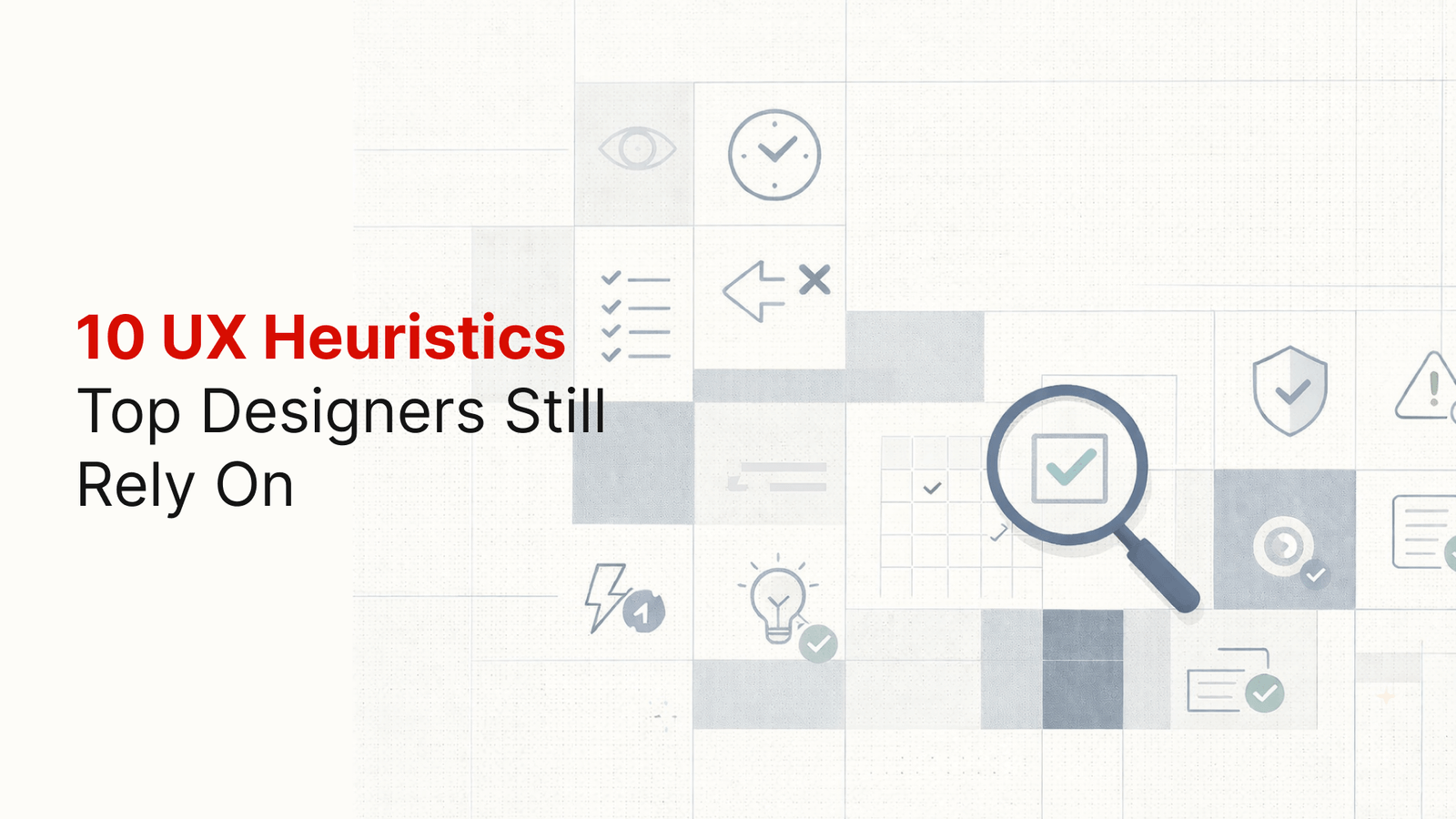Introduction
As the internet grows larger and more complex, designing websites that are intuitive and easy to navigate has become increasingly important. Information architecture (IA) is a crucial aspect of website design that focuses on organizing and structuring content in a way that makes it easy for users to find what they need. In this study guide, we’ll explore the basics of information architecture and how it impacts the user experience. We’ll cover key concepts and terminology, explore best practices, and provide resources for further learning. Whether you are a designer, developer, or marketer, understanding information architecture is essential for creating effective, user-friendly websites. So, let us dive in!
Key concepts in information architecture
Information architecture (IA) is the art and science of organizing, labelling, and structuring information to support usability and findability. It involves designing the organization, navigation, and labelling of websites, applications, and other digital products to create a coherent and user-friendly experience.
The principles of information architecture are organization, labelling, and navigation. Organization refers to the arrangement of content into groups or categories based on their characteristics and relationships. Labelling involves assigning names or descriptions to those groups or categories to make them meaningful and understandable to users. Navigation is how users move through the content, using menus, links, and other tools to find what they need. Information architecture is closely related to user experience (UX) design, as both aim to create digital products that are easy and intuitive to use. Good information architecture can improve the overall usability of a product by reducing cognitive load, increasing findability, and facilitating user flows.
In the next section, we will dive deeper into the techniques of information architecture and how they can be applied in practice.
Techniques for information architecture
Information architecture (IA) involves designing the structure, organization, and labeling of digital content. It is essential to create a website that is easy to use, navigate, and understand. Here are some techniques that can help in creating an effective IA:
A. Card sorting
This is a user-cantered technique that helps to organize information and create a hierarchy. Card sorting is done by providing a set of cards with information to users and asking them to group the information into categories that make sense to them. This technique can help to identify the common mental models that users have about the content.
B. Tree testing
This technique is used to test the effectiveness of the IA structure. In tree testing, users are given a hierarchical structure of the website’s content and asked to find specific information. This technique helps to identify the navigational problems and confusion in the IA structure.
C. User research and personas
User research involves gathering data about the users’ needs, goals, and behaviours. Personas are fictional characters that represent the different user types of the website. Creating personas helps to understand the users’ needs, which helps in designing an effective IA.
D. Wireframing and prototyping
Wireframing is a technique that involves creating a basic layout of the website’s content, structure, and functionality. It helps to visualize the IA structure and make changes before designing the final website. Prototyping involves creating a working model of the website that can be tested by users to identify any issues with the IA structure.
By using these techniques, IA designers can create a structure that is intuitive, organized, and easy to use for the website users.
Tools for information architecture
When it comes to information architecture, there are a variety of tools available to help designers and developers create effective and user-friendly websites. Here are some of the most common IA tools:
A. User research tools
User research tools help you understand your users’ needs and preferences, which is essential for creating an effective information architecture. Some popular user research tools include:
SurveyMonkey
A popular tool for creating online surveys to gather feedback from users.
Qualtrics
A comprehensive user research platform that includes survey tools, analytics, and testing capabilities.
User testing
A platform that allows you to conduct user testing and gather feedback on your website or app.
B. Wireframing and prototyping tools
Wireframing and prototyping tools allow you to create visual representations of your website’s structure and functionality. Some popular wireframing and prototyping tools include:
Sketch
A popular vector graphics editor that includes wireframing and prototyping capabilities.
Figma
A cloud-based design tool that includes collaboration features and allows you to create wireframes, prototypes, and high-fidelity designs.
Adobe XD
A design tool that includes wireframing, prototyping, and collaboration capabilities.
C. Navigation tools:
Navigation tools help you create effective navigation systems for your website. Some popular navigation tools include:
Optimal workshop
A suite of tools that includes Treejack (for testing website navigation), OptimalSort (for card sorting), and Chalkmark (for testing website usability).
Hotjar
A platform that includes heatmaps, recordings, and feedback tools to help you optimize your website’s navigation and user experience.
Diagramming tools
Diagramming tools allow you to create visual representations of your website’s structure and hierarchy. Some popular diagramming tools include:
Lucidchart
A cloud-based diagramming tool that includes templates and collaboration features.
Microsoft visio
A diagramming tool that includes templates for creating website wireframes, site maps, and flowchart
A cloud-based diagramming tool that includes templates and collaboration features.
Gliffy
A cloud-based diagramming tool that includes templates and collaboration features.
Best practices for using IA tools effectively
Choose the right tool for the job
Consider your specific needs and goals when choosing an IA tool.
Collaborate effectively
Use collaboration features to get feedback and input from team members and stakeholders.
Keep it simple
Don’t overcomplicate your information architecture. Stick to basic principles of organization, labeling, and navigation.
Test and iterate
Use user research tools and testing to gather feedback and make improvements to your IA over time.
Overall, using IA tools can help you create a website that is organized, user-friendly, and effective at meeting your users’ needs. By understanding the available tools and best practices, you can create an IA that sets your website apart from the competition.
Information architecture in practice
Information architecture is a crucial part of website design, and its importance is highlighted by successful projects in the field. In this section, we will examine a few case studies of websites with effective information architecture and discuss the lessons learned from each.
A. Airbnb
Airbnb is a popular online marketplace for lodging, and its website relies heavily on effective information architecture to provide a seamless user experience. One key feature of Airbnb’s information architecture is its search function, which allows users to filter results based on specific criteria such as location, price range, and property type. This feature provides users with more control over their search and helps them find exactly what they’re looking for.
Another aspect of Airbnb’s information architecture is its use of clear and concise labeling. This helps users easily understand what they are clicking on and navigate the site with ease. The use of clear and concise labels reduces the cognitive load on users, allowing them to focus on their main task without distraction.
Lessons Learned:
- Effective search functions can greatly enhance user experience.
- Clear and concise labelling can reduce cognitive load and aid in navigation.
B. The new york times
The New York Times website is an example of effective information architecture in the news industry. The website features a clear hierarchy of information, with the most important stories prominently displayed at the top of the homepage. The site also features a streamlined navigation system, with main categories easily accessible from a top-level menu.
The New York Times also makes effective use of visual elements to aid in information architecture. For example, images are used to draw attention to specific stories and to help break up large blocks of text.
Lessons Learned:
- A clear hierarchy of information is essential in content-heavy websites.
- Streamlined navigation can aid in user experience.
- Visual elements can enhance the effectiveness of information architecture.
C. Dropbox
Dropbox is a popular cloud storage service, and its website features effective information architecture that emphasizes simplicity and ease of use. The website’s homepage is designed to be visually appealing while also providing a clear and concise overview of the service’s key features.
One aspect of Dropbox’s information architecture is its use of clear calls to action (CTAs). This helps guide users to their desired actions, such as signing up or downloading the app. The website also features a prominent search bar that allows users to easily find specific information.
Lessons Learned:
- Simplicity and ease of use are essential in effective information architecture.
- Clear calls to action can guide users to their desired actions.
- A prominent search bar can aid in user experience.
Overall, effective information architecture is key to a successful website. By examining successful case studies, we can learn valuable lessons about how to design websites that are user-friendly, engaging, and easy to navigate.
Challenges and solutions in information architecture
Information architecture (IA) is an essential component of effective website design, but it’s not without its challenges. In this section, we will explore some of the most common IA challenges and strategies for overcoming them.
Common Challenges in IA Design and Implementation
Limited understanding of user needs
One of the most common challenges in IA is creating a structure that meets the needs of users. Without a clear understanding of user needs, it can be difficult to create an effective IA.
Lack of clarity in organization and labeling
A confusing or poorly labeled IA can lead to frustration and confusion for users, making it harder for them to find what they need.
Inadequate navigation
Navigation is an essential component of IA, and poor navigation can make it difficult for users to move through a website and find the information they need.
Resistance to change
Resistance to change is a common challenge in any design process, and IA is no exception. Stakeholders may resist changes to the IA, making it difficult to implement necessary updates and improvements.
Strategies for overcoming IA challenges
User research
User research can help address many of the challenges in IA design. By conducting user research, designers can gain a better understanding of user needs and preferences, which can inform IA decisions.
Card sorting
Card sorting is a technique that involves asking users to group items into categories, helping designers understand how users think about and organize information.
User testing
User testing can help identify issues with navigation and labeling, providing valuable feedback for IA design.
Collaboration and communication
Collaboration and communication are key to overcoming resistance to change and ensuring that stakeholders are on board with IA decisions. Involve stakeholders early in the design process and keep them informed throughout the project.
Future trends in information architecture
The field of IA is constantly evolving, with new trends and technologies emerging all the time. Some of the most significant trends in IA include:
Mobile-first Design
With the rise of mobile devices, many designers are adopting a mobile-first approach to IA, designing websites with the mobile user experience in mind.
Personalization
Personalization is becoming increasingly important in IA, with designers seeking to create personalized user experiences that reflect individual user needs and preferences.
AI and machine learning
AI and machine learning are increasingly being used in IA design, helping designers create more effective and personalized IA structures.
While information architecture can present many challenges, there are also many strategies and techniques that can help designers overcome these challenges and create effective IA structures. By staying informed of trends in the field and continuing to learn and grow, IA designers can stay ahead of the curve and create effective, user-friendly websites.





